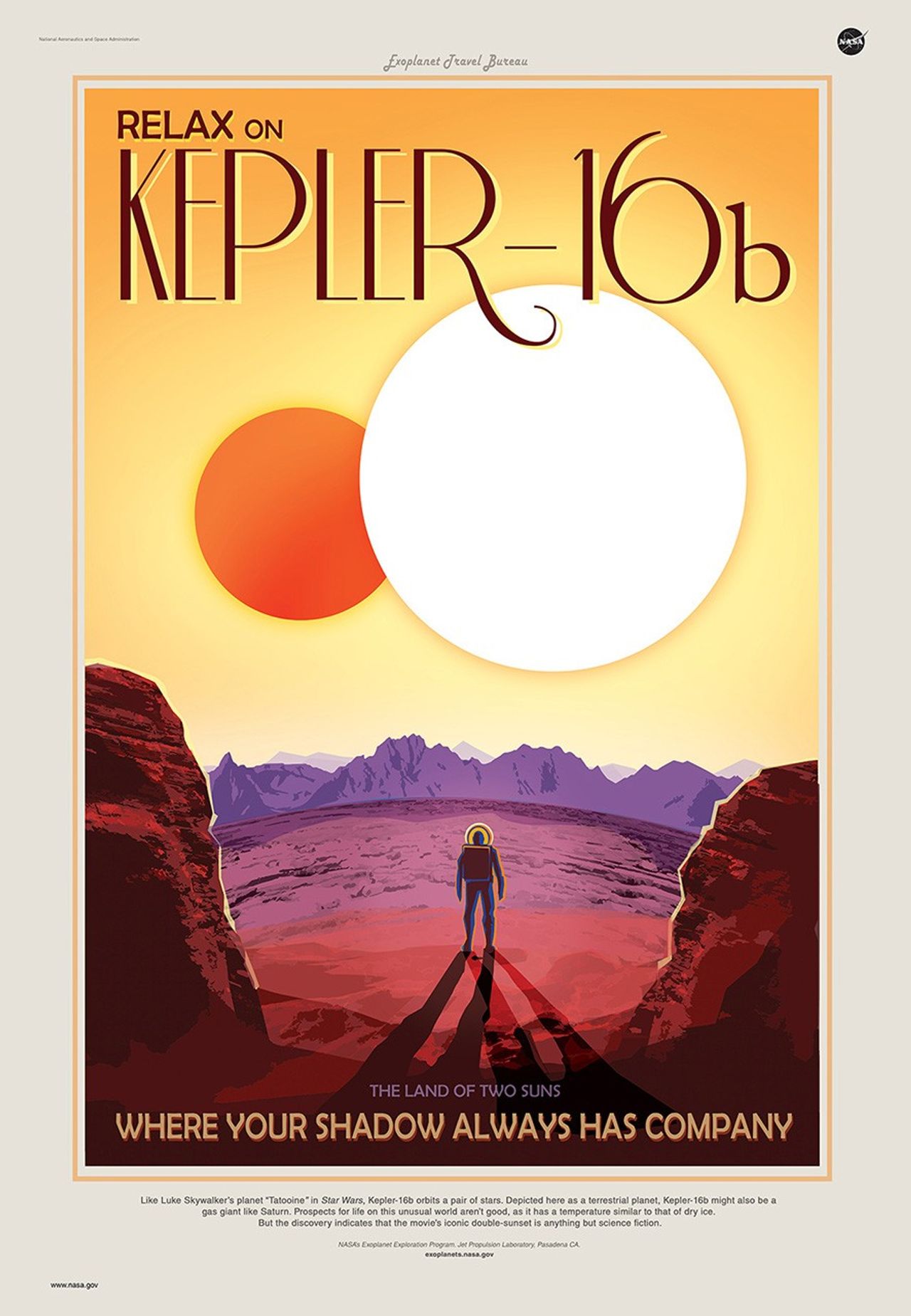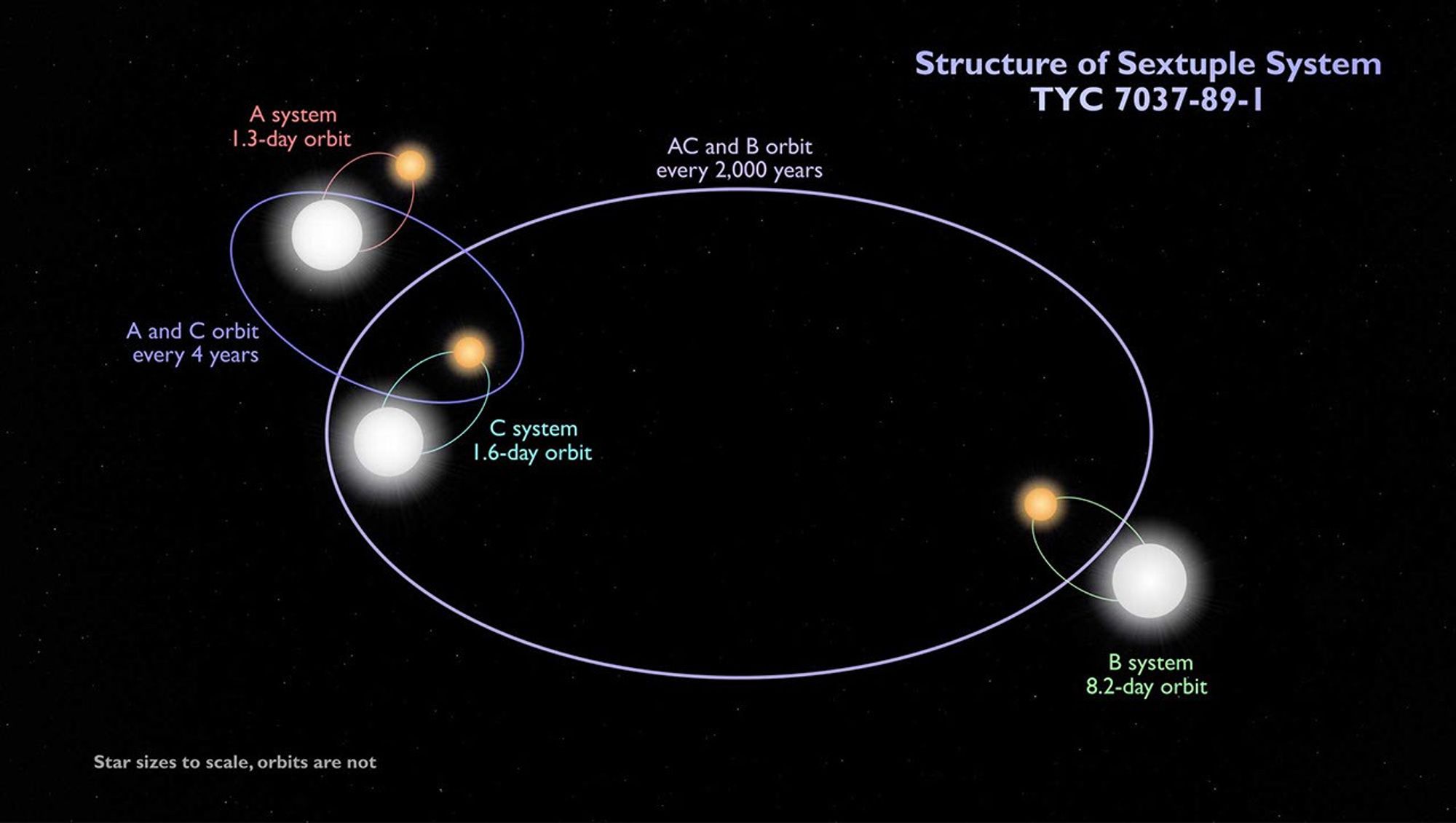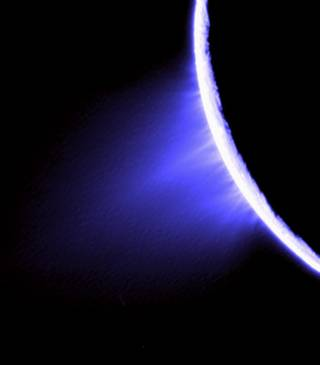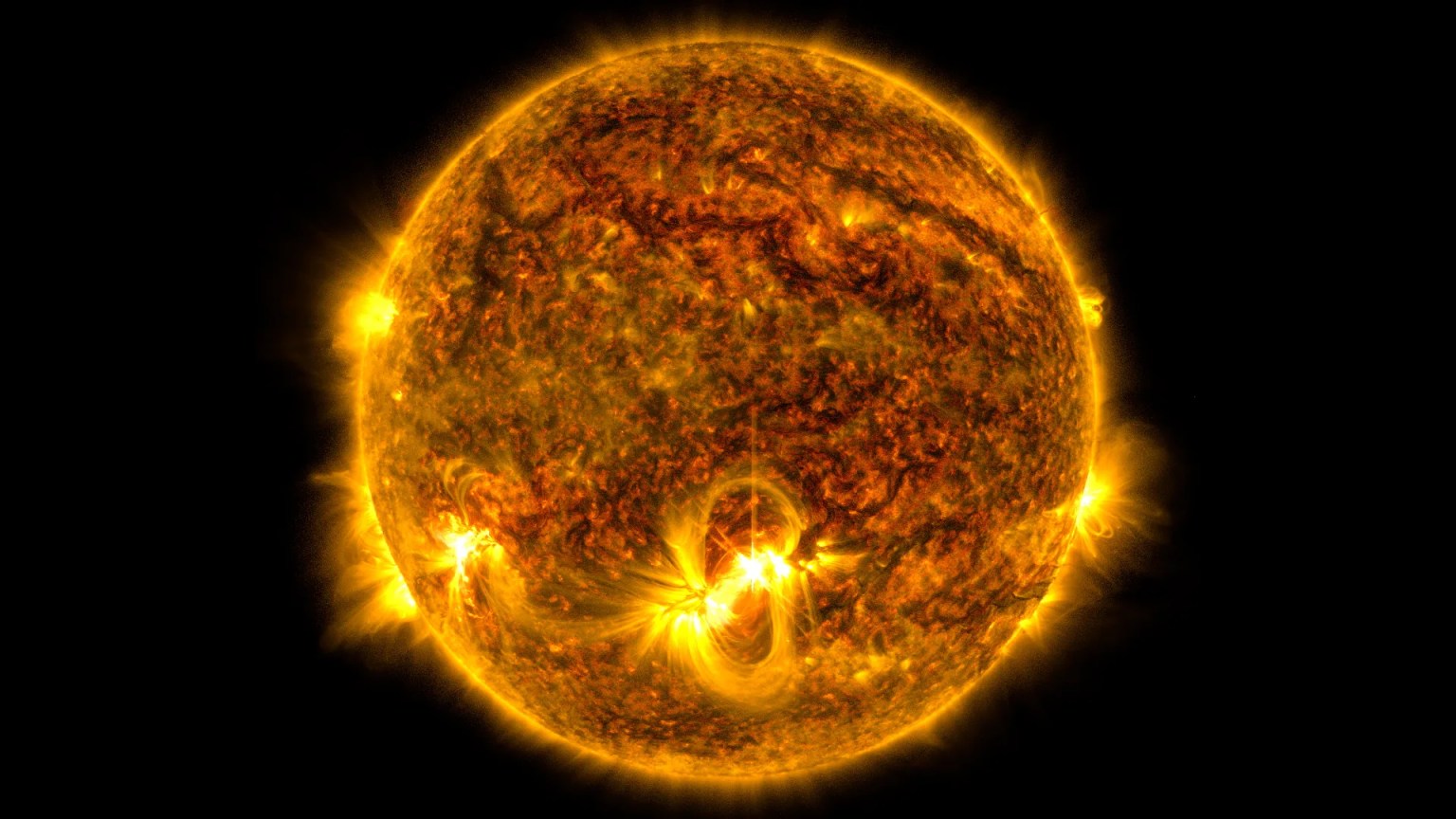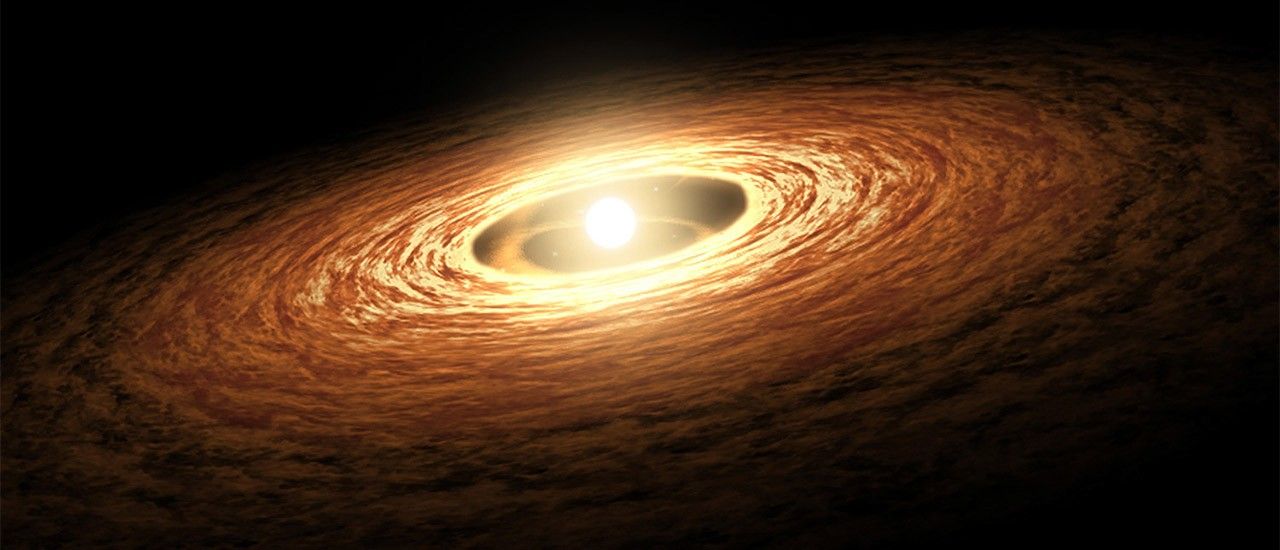Other Stars, Other Worlds
For Seven Earth-Sized Planets, a Question of Habitability
They might make up the most famous planetary system beyond our own: the TRAPPIST-1 star and its seven small, rocky worlds — lettered b through h — some 40 light-years away from Earth.
Their discovery, announced in 2017, captured headlines around the world and galvanized scientific investigation. Three of the planets orbit in the “habitable zone” of their star, a distance that could allow liquid water to form on a planet’s surface under a suitable atmosphere. Realistic, plausible artist’s renderings showed icy or watery worlds. They include a surface view of one of the planets, looking over an ice-edged lake toward an orange sun with the other closely packed planets, like crescent moons, ranged across the sky.
These are likely not only the most famous exoplanets — planets beyond our solar system — but the most thoroughly characterized. With the help of NASA’s now-retired Spitzer Space Telescope, scientists measured the gravitational “tugs” the planets make on each other as they move through their orbits, yielding precise measurements of each planet’s mass. Combining the masses with the planets’ diameters revealed their densities – confirming these are all rocky worlds in Earth’s size -range.
And now, nearly eight years later, NASA’s James Webb Space Telescope has begun to analyze the atmospheres of the TRAPPIST-1 planets. Although not unexpected, the two planets closest to the star (and not in its habitable zone) so far do not appear to offer habitable conditions. The nearest planet, TRAPPIST-1 b, has a surface temperature of about 450 degrees Fahrenheit (around 500 kelvins), and likely no significant atmosphere. The next planet out, TRAPPIST-1 c, appears to have an extremely thin atmosphere — if it has any atmosphere at all. Its dayside temperature of about 225 degrees Fahrenheit (380 kelvins) also seems a bit too warm for habitability.
In the months and years ahead, researchers expect to turn the Webb telescope to the other TRAPPIST-1 planets to capture hints of their atmospheres as well. The best advice on the potential habitability of these planets: Stay tuned.



























